Graphene
Graphene is a two-dimensional, crystalline allotrope of carbon atoms that form a hexagonal lattice structure with a sp2 hybridization. This 96.6% optically transparent material is the strongest known to mankind per unit size with incredible electrical properties and the best heat conductor at room temperature which can lead to many applicable uses in the research and technical industries. With a molecular bond length of 0.142 nanometers and an atomic thickness of 0.345 nanometers, thermal instability is prevented due to its carbon-to-carbon bonds that are so small yet strong. Its tensile strength is far greater than steel at approximately 0.4 GPa while having elastic properties with Young’s Modulus of 500 GPa, much more elastic than rubber.
Properties
- Electronic : One of the reasons nanotechnology researchers working towards molecular electronics are so excited about graphene is its electronic properties – it is one of the best electrical conductors on Earth. The unique atomic arrangement of the carbon atoms in graphene allows its electrons to easily travel at extremely high velocity without the significant chance of scattering, saving precious energy typically lost in other conductors.
- Mechanical : The impressive intrinsic mechanical properties of graphene, its stiffness, strength and toughness, are one of the reasons that make graphene stand out both as an individual material and as a reinforcing agent in composites.
Graphene is the world's strongest material, and can be used to enhance the strength of other materials. Dozens of researchers have demonstrated that adding even a trace amount of graphene to plastics, metals or other materials can make these materials much stronger - or lighter (as you can use a smaller amount of material to achieve the same strength). - Thermal : Graphene is the most heat conductive found to date. As graphene is also strong and light, it means that it is a great material for making heat-spreading solutions, such as heat sinks or heat dissipation films
- Energy Storage : Since graphene is the world's thinnest material, it also extremely high surface-area to volume ratio. This makes graphene a very promising material for use in batteries and supercapacitors. Graphene may enable batteries and supercapacitors (and even fuel-cells) that can store more energy - and charge faster, too.
Graphene Derivatives
- Graphene Oxide (GO) : As graphene is expensive and relatively hard to produce, great efforts are made to find effective yet inexpensive ways to make and use graphene derivatives or related materials. Graphene oxide (GO) is one of those materials - it is a single-atomic layered material, made by the powerful oxidation of graphite, which is cheap and abundant. Graphene oxide is an oxidized form of graphene, laced with oxygen-containing groups. It is considered easy to process since it is dispersible in water (and other solvents). Graphene oxide is not a good conductor, but processes exist to augment its properties. It is commonly sold in powder form, dispersed, or as a coating on substrates.
- Reduce Graphene Oxide (RGO) : Reduce Graphene Oxide is a form of graphene that includes oxygen functional groups, and has interesting properties that can be different than those of graphene. By reducing graphene oxide, these oxidized functional groups are removed, to obtain a graphene material. This graphene material is called reduced graphene oxide, often abbreviated to RGO.
Application

Plastics
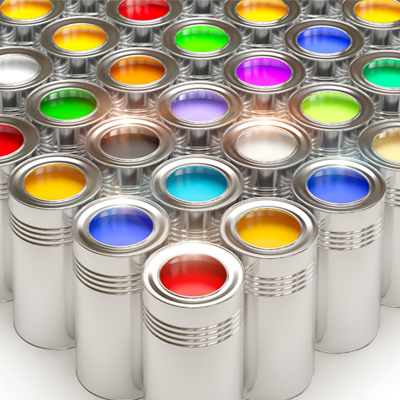
Anti-Corrosive Paints & Coating
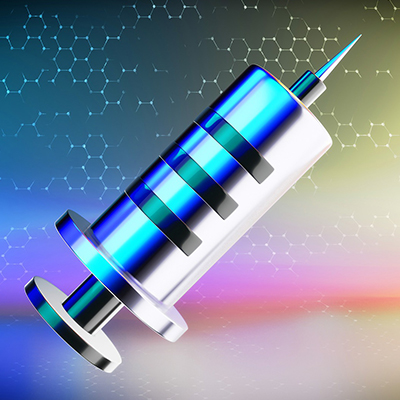
Bio-Medical

Electronics

Sensor

Textile
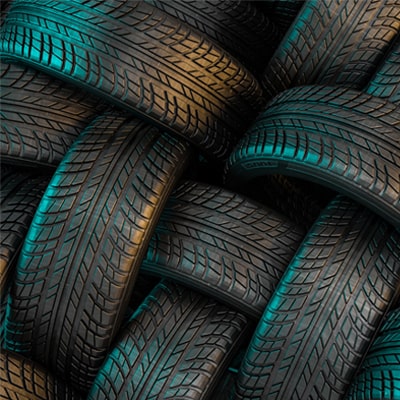
Rubber

Battery

Construction

Water-Treatment
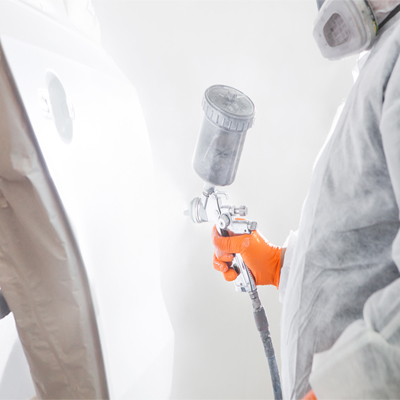
Composites & Coatings
Carbon Nanotubes
- Single Wall Carbon Nanotubes Single-wall carbon nanotubes (SWNTs) are a special class of carbon materials known as one-dimensional materials. They consist of sheets of graphene, rolled up to form hollow tubes with walls one atom thick. Due to its chemical structure and dimensional constraints, this material exhibits exceptional mechanical, electrical, thermal, and optical properties. As such, carbon nanotubes have become of great interest for both stand-alone studies and for use in composite materials.
- Multi Wall Carbon Nanotubes Multi Walled Carbon Nanotubes are hollow, cylindrically shaped allotropes of carbon that have a high aspect ratio (length to diameter ratio). Their name is derived from their structure and the walls are formed by multiple one-atom-thick sheets of carbon. MWNTs consist of multiple rolled layers of concentric nanotubes of graphene inside other nanotubes.
Application

Field emission

Thermal Conductivity
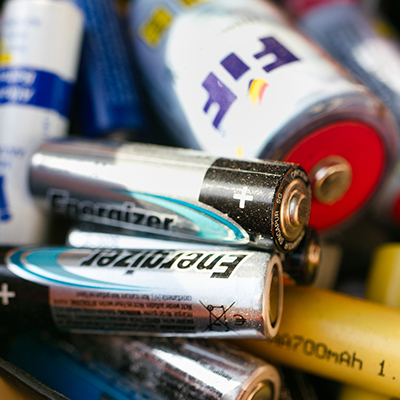
Energy Storage

Conductive Properties
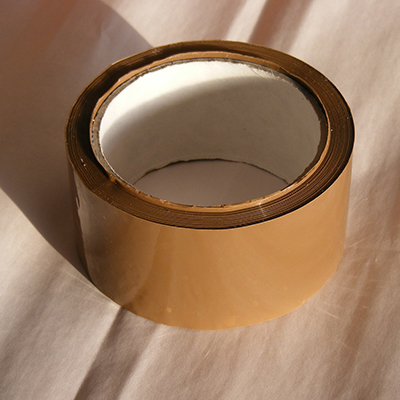
Conductive Adhesive

Thermal Materials

Molecular Electronics
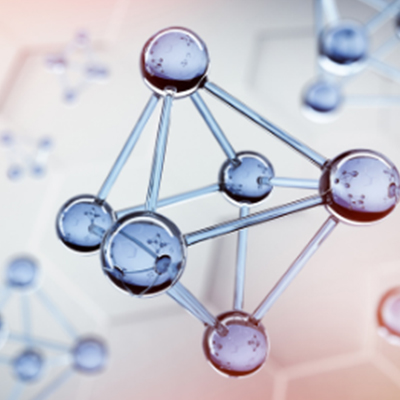
Structural Applications

Fibers and Fabrics

Biomedical Applications

Air & Water Filtration

